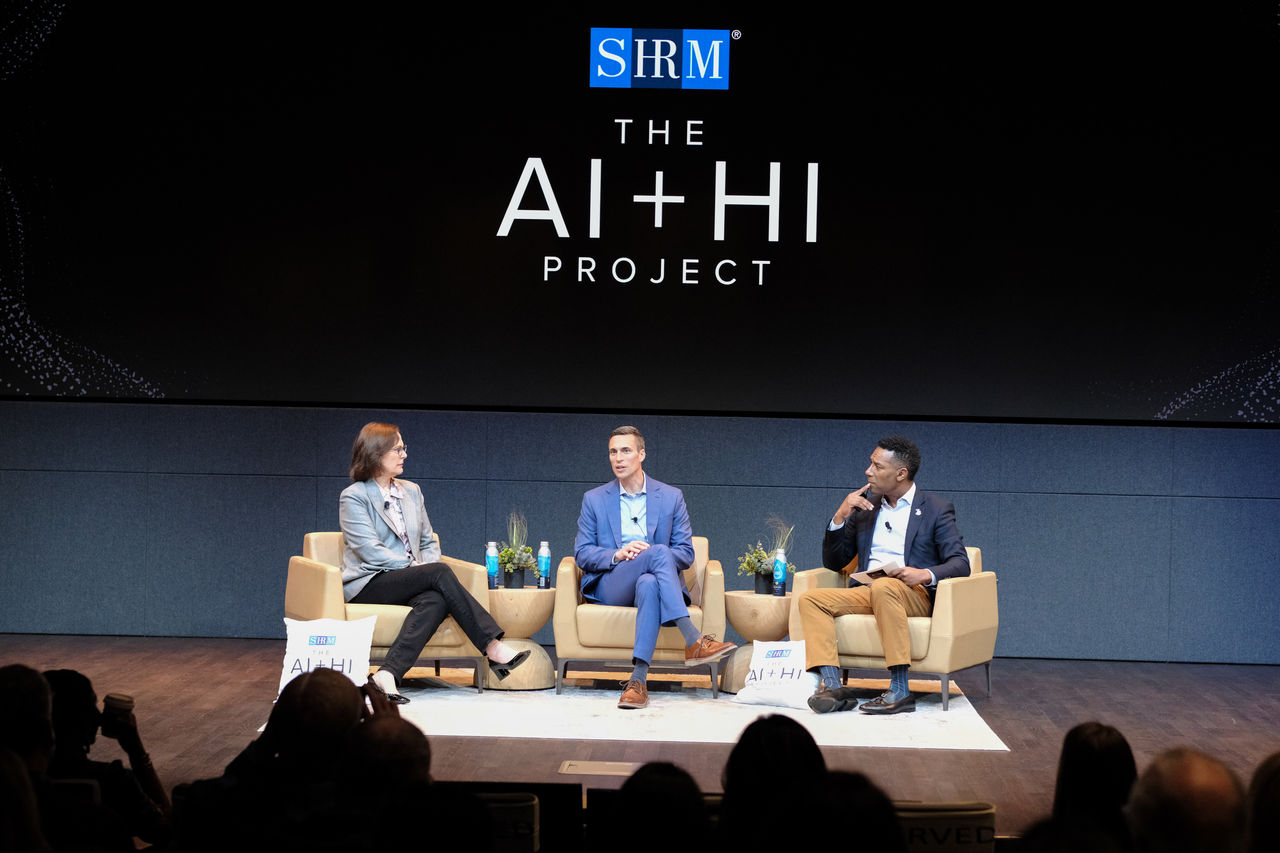'The Stakes Are High': Maximizing Human Intelligence in the AI Revolution
Thought-provoking wisdom and quotes from SHRM's inaugural AI+HI Project, hosted in Silicon Valley

Talent and leadership development solutions that drive measurable business results.
The executive support you need for tackling obstacles that lead to meaningful workplace change.
Explore strategic partnership opportunities with SHRM, designed for impactful collaboration and business growth.
Lorem ipsum dolor sit amet, consectetur adipiscing elit. Vivamus convallis sem tellus, vitae egestas felis vestibule ut.
Error message details.
Request permission to republish or redistribute SHRM content and materials.
Thought-provoking wisdom and quotes from SHRM's inaugural AI+HI Project, hosted in Silicon Valley

Learn how Marsh McLennan successfully boosts staff well-being with digital tools, improving productivity and work satisfaction for more than 20,000 employees.
The proliferation of artificial intelligence in the workplace, and the ensuing expected increase in productivity and efficiency, could help usher in the four-day workweek, some experts predict.
As artificial intelligence technology continues to develop, the demand for workers with the ability to work alongside and manage AI systems will increase. This means that workers who are not able to adapt and learn these new skills will be left behind in the job market.
New, trends and analysis, as well as breaking news alerts, to help HR professionals do their jobs better each business day.
Success caption